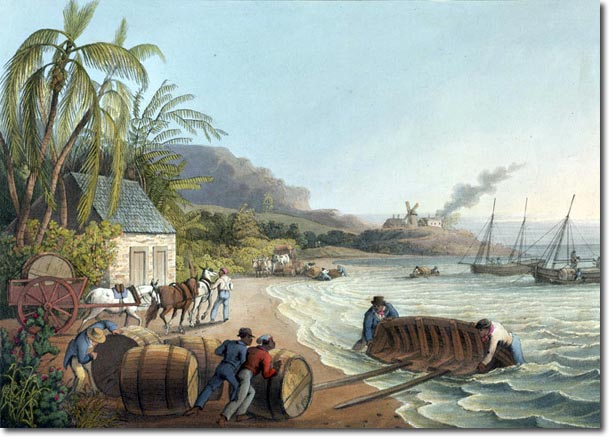Antigua, Caribbean Sea
Antigua and Barbuda are small islands off the coast of Venezuela in the Caribbean sea. Antigua was colonized in 1632 by the British and remained in their possession till 1981. In Antigua, the British Royal Navy became the headquarters for the Caribbean fleet. The islands were known for slavery, and sugar cane was the leading economy. British colonists brought enslaved Africans to Antigua because many natives succumbed to diseases the white population brought over, but enslaved Africans were more resilient to those sicknesses. By the mid-1770s, an estimated 37,500 enslaved people were in Antigua, and that number exponentially grew. There were two significant slave rebellions in 1834-35, and eventually, British colonies liberated most of their slaves, but those who were free still struggled to find opportunities. Instead of buying their land, they worked as poorly paid laborers on plantations. In 1807 Britain finally abolished the slave trade, and in 1833-34 any existing enslaved person was emancipated.
"Antigua." Wikipedia, Wikimedia Foundation, 18 Sept. 2022, en.wikipedia.org/wiki/Antigua. Accessed 8 Nov. 2022.
Austen, Jane, and June Sturrock. “Chapter 3.” Mansfield Park, Broadview Press, Peterborough, Ontario, 2003, p. 61.
"History of Antigua and Barbuda." Wikipedia, Wikimedia Foundation, 15 Sept. 2022, en.wikipedia.org/wiki/History_of_Antigua_and_Barbuda. Accessed 8 Nov. 2022.

Parent Map
Coordinates
Longitude: -61.832079291344
